Luxury Safari Holidays to Madagascar
Madagascar can be found off the east coast of Africa. It is the 4th largest island in the world, after Greenland, New Guinea, and Borneo, and home to some of the planet’s most unique animals, including lemurs, chameleons, birds and so much more.
Madagascar is not a traditional safari destination but it is one of our favorites at Stanley Safaris. The island offers luxury accommodations, unique animal sightings, and some incredible beaches. If you’re looking for a different take on an African safari, a holiday to Madagascar is exactly what you need.
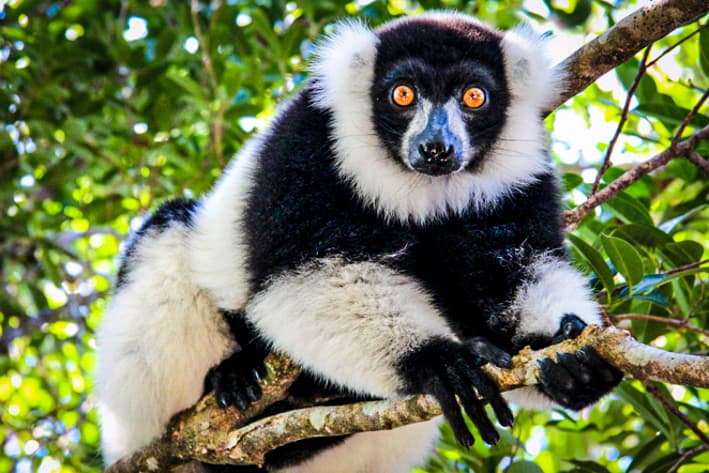
BEST OF MADAGASCAR SAFARI
15-Nights
Destinations visited:
- Andasibe National Park
- Ranomafana National Park
- Isalo national Park
- Ifaty
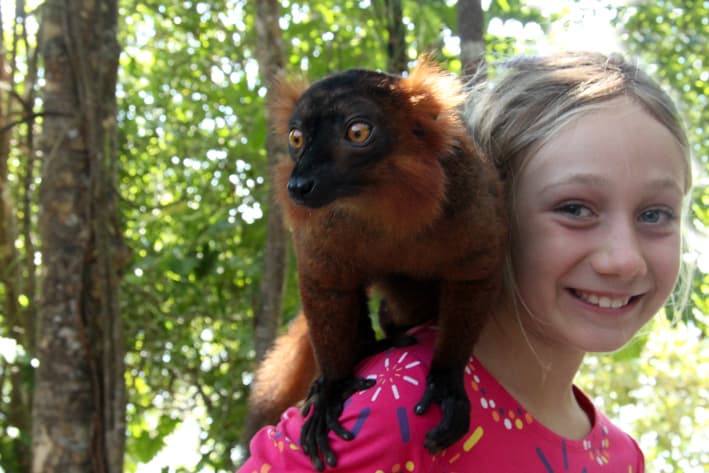
FAMILY SAFARI TO MADAGASCAR
12-Nights
Destinations visited:
- Andasibe National Park
- Palmarium Reserve
- Nosy Komba
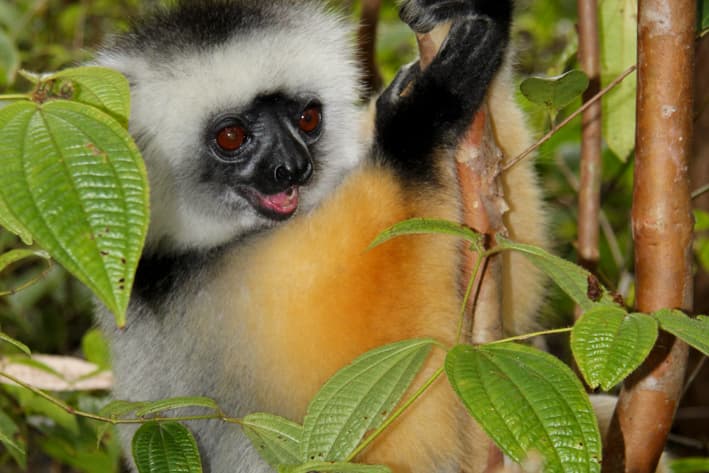
12-Nights
Destinations visited:
- Andasibe National Park
- Palmarium Reserve
- Masoala National Park
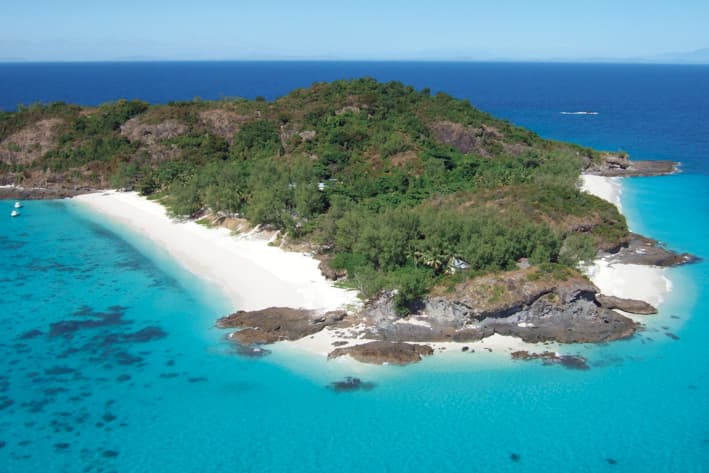
MADAGASCAR HONEYMOON SAFARI
10-Nights
Destinations visited:
- Andasibe National Park
- Tsarabanjina
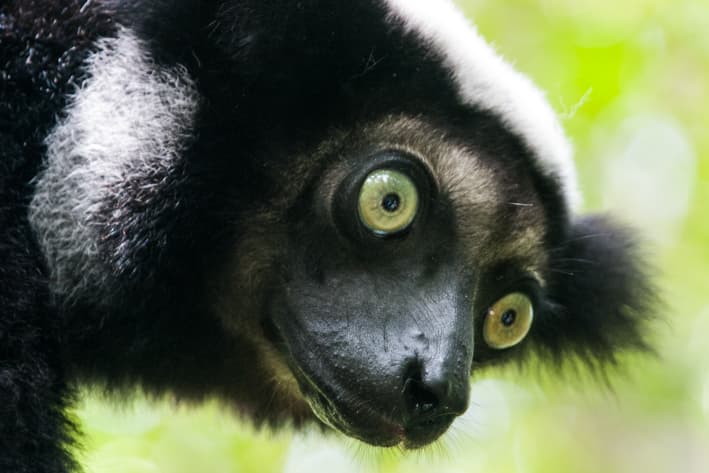
SOUTH AFRICA & MADAGASCAR SAFARI
10-Nights
Destinations visited:
- Cape Town
- Sabi Sands Private Reserve
- Andasibe National Park
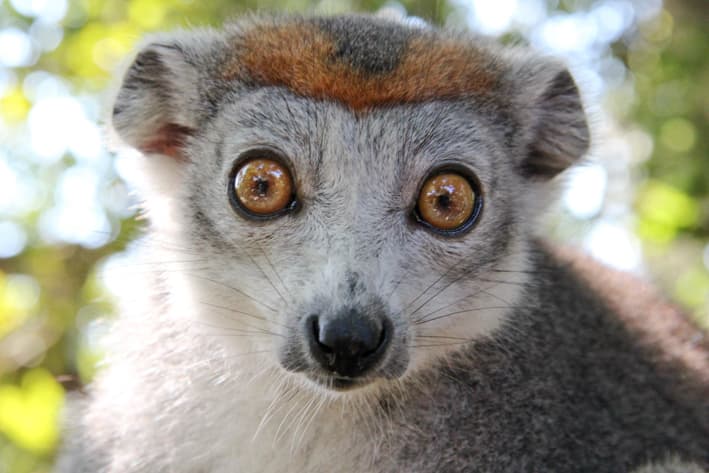
11-Nights
Destinations visited:
- Volcanoes National Park
- Andasibe National Park
- Miavana Private Island
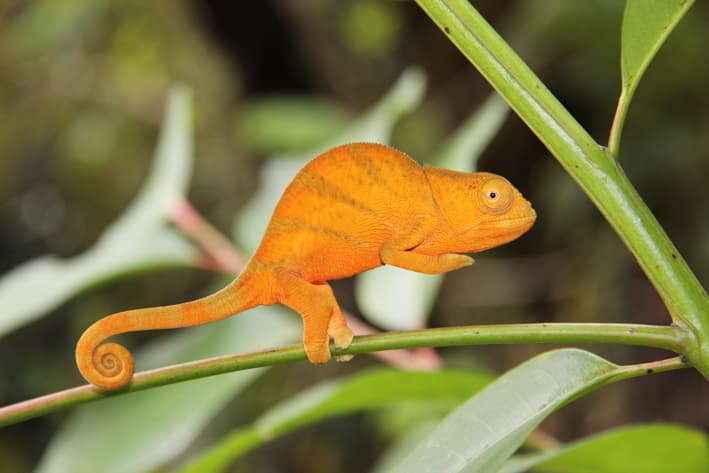
KENYA & MADAGASCAR SAFARI
12-Nights
Destinations visited:
- Masai Mara
- Andasibe National Park
- Anjajavy Private Reserve
